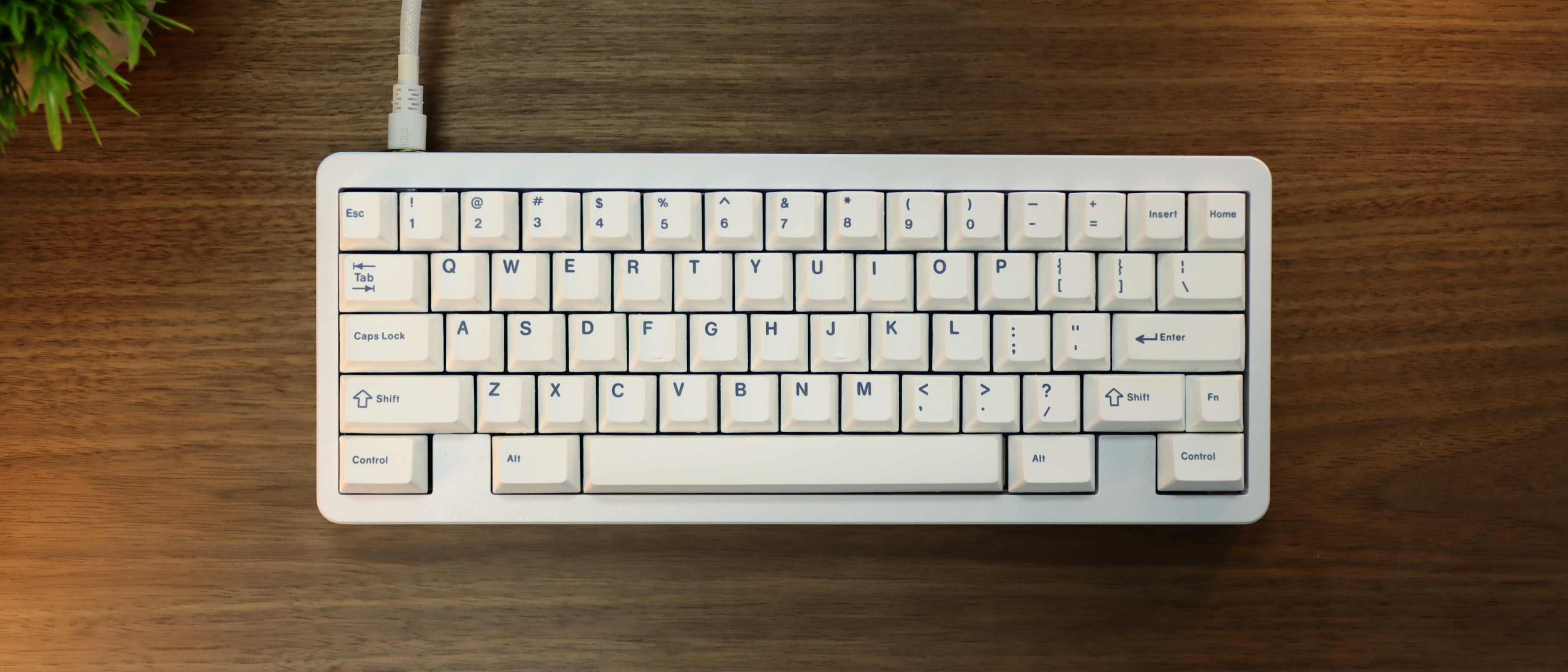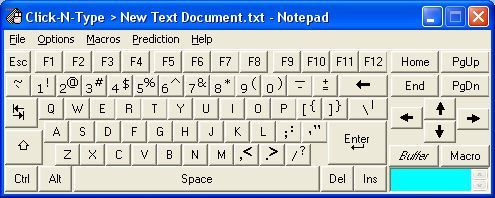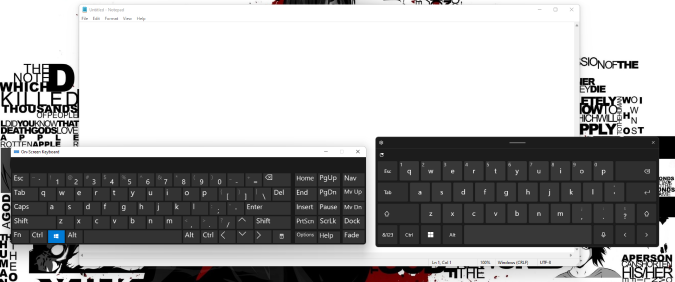
- #CUSTOM VIRTUAL KEYBOARD WINDOWS 10 HOW TO#
- #CUSTOM VIRTUAL KEYBOARD WINDOWS 10 FULL#
- #CUSTOM VIRTUAL KEYBOARD WINDOWS 10 FOR WINDOWS 10#
- #CUSTOM VIRTUAL KEYBOARD WINDOWS 10 WINDOWS 10#
#CUSTOM VIRTUAL KEYBOARD WINDOWS 10 HOW TO#
How to open on screen keyboard shortcut, osk.
#CUSTOM VIRTUAL KEYBOARD WINDOWS 10 WINDOWS 10#
#CUSTOM VIRTUAL KEYBOARD WINDOWS 10 FOR WINDOWS 10#
On screen keyboard for windows 10 and 11 exe?.WPF program is blocked by the Win10 and 11 virtual keyboard?.Window10 and 11 touch keyboard missing?.On screen keyboard how to access windows 10 and 11, ON SCREEN KEYBOARD SHORTCUT?.Shortcut for on screen keyboard or open onscreen keyboard with hotkey?.Virtual shortcut touch, login windows 10 and 11 with keyboard on screen hotkey?.Windows 10 and 11 tablet on screen keyboard missing?.

#CUSTOM VIRTUAL KEYBOARD WINDOWS 10 FULL#


Windows 8 / 10 on screen keypad at startup / log in without keyboard! (Image-1) Windows-10 - Virtual on screen keyboard Desktop shortcut! see Image-1 Arrow 1 to 3) that is a fast and simple solution :-) Now use Right Mouse Drag and Drop and rename the Desktop Shortcut for example to OSK on your Windows 10 Desktop. This command will auto select the osk.exe in C:\Windows\System32\ folder. Please start the MS-Explorer from Window 10 Run Command (Windows+R) and enter the command:Įxplorer /select, %WINDIR%\System32\osk.exe The fastest and simplest solution to create a Desktop shortcut for on screen keyboard in Windows 10 is: The Location / Full-Path of osk.exe is C:\Windows\System32

It is very easy in Windows, you can start the osk via Ease of Access Center in Window 10 Control Panel. (In our example, there will be no way to use Scroll Lock unless you remap another key to perform the original Scroll Lock function).See also: ► windows 10 or 11 change keyboard speed ► Windows 11/10 desktop icons to big 1.) Create onscreen on the Windows 10 and 11 desktop! If you see a warning that one key will be left unassigned, click “Continue Anyway.” This means that you won’t be able to access the original function of the key that you just remapped. For example, here we’ve typed “Ctrl+C” for the standard Windows “Copy” shortcut.Īfter you have both “Key:” and “Mapped To:” columns defined, click “OK.” If you want to use a shortcut key combination, press the “Type” button, then press the combination on your keyboard. For a single key, you can either choose it from the drop-down menu or click the “Type” button, then press it on your keyboard. Next, select the key or shortcut you want to perform in the “Mapped To” column. RELATED: How to Make Your Scroll Lock Key Useful on a Windows 10 PC For example, we’ll pick Scroll Lock here, since it often sits unused. After that, you’ll need to define which key you want to remap (in the “Key:” column), and what key or shortcut you want it to perform (in the “Mapped To:” column).įirst, select the key you’ll be remapping in the “To:” column by either clicking the “Type” button and pressing the key on your keyboard, or by selecting it from the list in the drop-down menu.


 0 kommentar(er)
0 kommentar(er)
